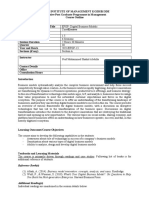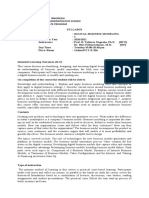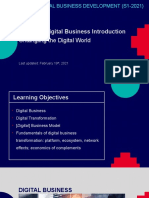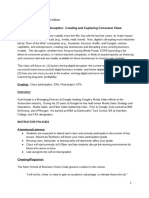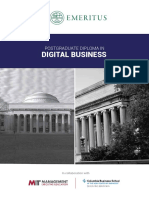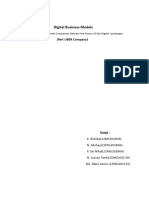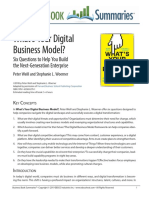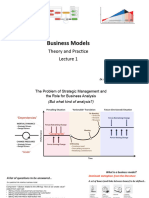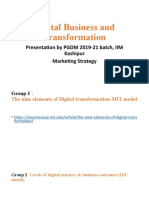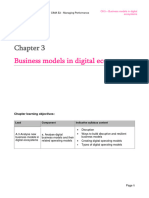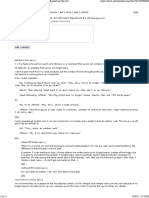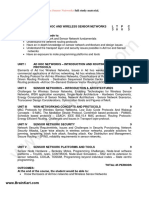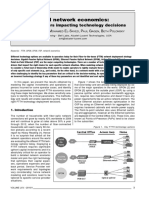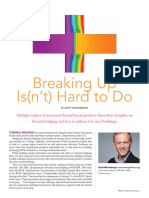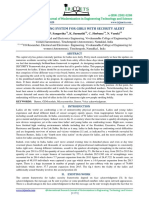0% found this document useful (0 votes)
134 views5 pagesBMDE Course Outline
This document outlines a course on business models for the digital economy. The 16-session course will cover key topics like designing digital business models using a business model canvas, responding to digital disruption, platforms and ecosystems, and challenges of thriving in the digital economy. Students will learn through case discussions, simulations, and a group project. Their learning will be evaluated through quizzes, assignments, a mid-term exam, and an end-term exam. The goal is for students to understand how to analyze, develop, and implement suitable digital business models.
Uploaded by
SanchuCopyright
© © All Rights Reserved
We take content rights seriously. If you suspect this is your content, claim it here.
Available Formats
Download as PDF, TXT or read online on Scribd
0% found this document useful (0 votes)
134 views5 pagesBMDE Course Outline
This document outlines a course on business models for the digital economy. The 16-session course will cover key topics like designing digital business models using a business model canvas, responding to digital disruption, platforms and ecosystems, and challenges of thriving in the digital economy. Students will learn through case discussions, simulations, and a group project. Their learning will be evaluated through quizzes, assignments, a mid-term exam, and an end-term exam. The goal is for students to understand how to analyze, develop, and implement suitable digital business models.
Uploaded by
SanchuCopyright
© © All Rights Reserved
We take content rights seriously. If you suspect this is your content, claim it here.
Available Formats
Download as PDF, TXT or read online on Scribd
/ 5

